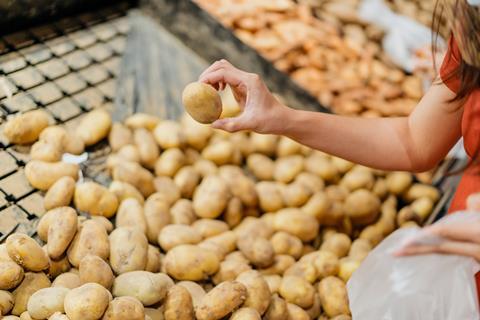
Potato prices in the mults have jumped by as much as 100% on last year’s levels, research by The Grocer has found.
After wholesale prices hit their highest-ever rates in May, The Grocer’s research found on-shelf retail prices for potatoes have also soared.
The Grocer Key Value Items tracker this week showed that core lines of Maris Piper potatoes have risen on average by 15.2% YOY.
But these rises are modest verus the price hikes on some lines. Of the 121 fresh potato skus on sale at the traditional big four, Aldi, Lidl and Waitrose, almost 50% (58) have risen by over 10% in the past year, according to analysis of Assosia data.
The biggest riser was Aldi’s Specially Selected Jersey Royal New Potatoes (500g) up 101.3% in a year from 79p to £1.59, followed by Tesco’s seasonal New Loose Potatoes, up 72.73% from 11p to 19p. There were eight lines more than 50% dearer.
It followed warnings earlier this month from wholesale supplier Tim O’Malley of Nationwide Produce that due to the weather and shortages, prices had hit the “highest levels I’ve ever known”.
“The red hot summer and the deep freeze just before Christmas in particular reduced yields and in the worst case, wiped out crops,” said O’Malley. “We’re at the back end of the season and have run out of crop so we’re relying on expensive imports or we’re robbing the new season early crop.”
Kris Comerford, Asda’s chief commercial officer, said the the lag from price hikes would continue to impact inflation for some time.
“The price of some potatoes has been trading at £600/tonne. I remember when it was £100. That impacts not just potatoes but crisps, frozen chips, fishcakes, ready meals, toppings, all sorts of things.
”Right now, it’s particularly interesting for crisp manufacturers, they may well struggle. When the price is pushed up, there’s always substitutability from one foodstuff to another depending on price and availability.
According to Kantar data, the value of ‘old’ potatoes had risen by £30m on last year, despite consumption falling by 4.4%, new potatoes by 5.9% and baking potatoes by 1.9%.
The fall in consumption issue was echoed by O’Malley, who said it was “a big concern” in the industry that fresh potato consumption was on a downward trajectory.
“We need to get people back on potatoes,” he said, as “the younger generation don’t like peeling spuds”.
He explained the time of year when consumers typically ate most potatoes, Christmas, was also the time “because of the give-away promotional price point by the retailers, variety becomes absolutely secondary and it should be primary”.
This meant that in order to meet price points, “varieties used are often not the most suitable for roasting so what you end up with poor quality on the plate”, he added.
“It’s a shameful exercise in devaluing spuds in the eyes of the public but sadly appears to be in built into the retailers promotional calendar every year now,” O’Malley suggested.
This meant consumers bought less high quality product and often the wrong variety for roasting and other uses, leading many to then avoid repurchasing.
“It is just devaluing it in the eyes of the public,” added O’Malley.









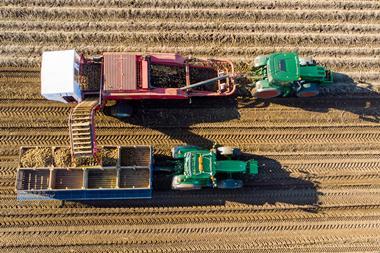
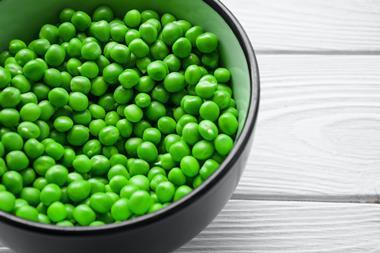



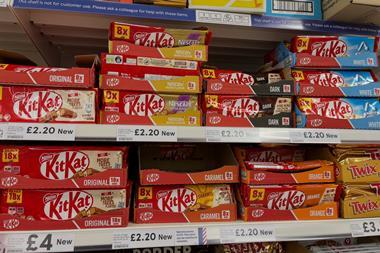

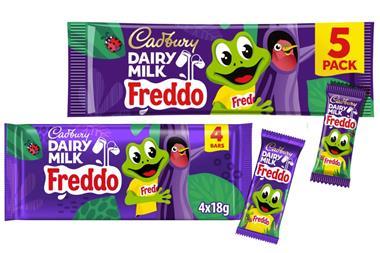
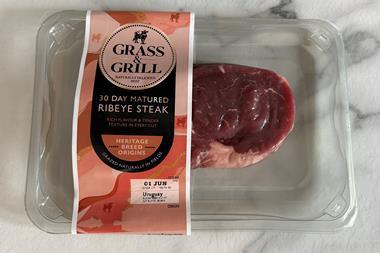
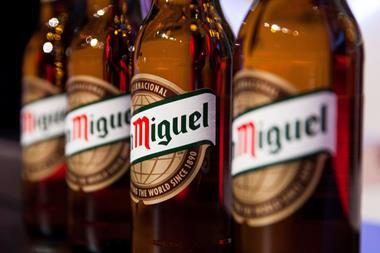
No comments yet